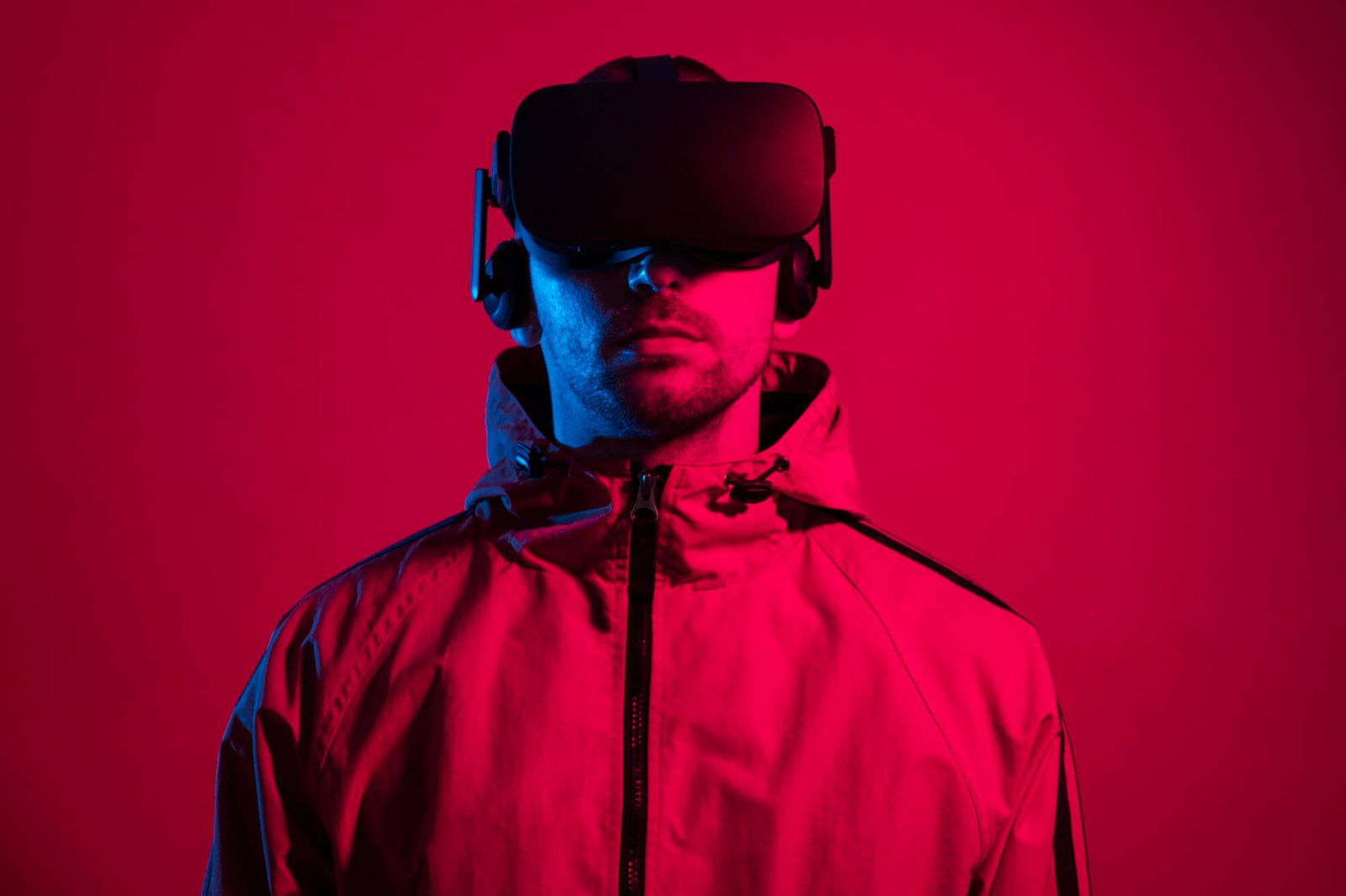Introduction
The transportation industry is undergoing a massive transformation, thanks to Artificial Intelligence (AI). From self-driving cars to smart traffic management, AI is making transportation safer, faster, and more efficient. Imagine a world where traffic jams are reduced, accidents are prevented before they happen, and logistics are optimized with real-time decision-making. That future is already here, powered by AI!
Key Applications of AI in Transportation
1. Autonomous Vehicles (Self-Driving Cars) 🚗🤖
One of the most exciting applications of AI is the development of autonomous vehicles (AVs). AI-powered systems use sensors, cameras, and machine learning to navigate roads, recognize objects, and make real-time driving decisions.
🔹 How AI Works in Self-Driving Cars:
✅ Computer Vision – Detects pedestrians, other vehicles, and road signs.
✅ Machine Learning – Learns from millions of driving scenarios to make better decisions.
✅ Sensor Fusion – Combines data from LiDAR, radar, and cameras for 360-degree awareness.
🔹 Examples:
🚘 Tesla’s Autopilot – Uses AI to assist with lane changes, parking, and collision avoidance.
🚘 Waymo (Google’s AV Project) – One of the most advanced fully autonomous taxis.
🔹 Benefits:
✔️ Reduces human error, lowering accident rates.
✔️ Enhances mobility for people with disabilities.
✔️ Saves time and fuel through optimized driving.
2. AI-Powered Traffic Management 🚦📊
AI is revolutionizing how cities manage traffic flow, reducing congestion and improving road safety.
🔹 How It Works:
✅ AI Traffic Cameras – Monitor and analyze real-time traffic conditions.
✅ Smart Traffic Lights – Adjust signal timings based on live traffic patterns.
✅ Predictive Analytics – Forecasts peak congestion times and suggests alternate routes.
🔹 Examples:
🏙 Google’s Waze – Uses AI to suggest the fastest routes based on live traffic data.
🏙 Barcelona’s AI Traffic System – Uses sensors and AI to dynamically manage traffic flow.
🔹 Benefits:
✔️ Reduces time spent in traffic, lowering fuel consumption.
✔️ Improves emergency response times for ambulances and fire trucks.
✔️ Enhances urban planning for smarter, more efficient cities.
3. AI in Public Transportation 🚌🚉
Public transport systems worldwide are becoming smarter and more reliable with AI.
🔹 How AI Improves Public Transport:
✅ Route Optimization – AI predicts demand and suggests the best routes.
✅ Predictive Maintenance – Detects faults in buses, trains, or metros before they break down.
✅ Passenger Assistance – AI chatbots and virtual assistants help commuters with schedules.
🔹 Examples:
🚆 Japan’s AI-Powered Bullet Trains – Uses AI to improve speed, safety, and scheduling.
🚍 London’s AI Bus System – Monitors passenger numbers to adjust bus frequencies dynamically.
🔹 Benefits:
✔️ Reduces delays and improves passenger experience.
✔️ Saves costs by optimizing fuel and maintenance schedules.
✔️ Enhances accessibility for elderly and disabled passengers.
4. AI in Logistics and Supply Chain 🚛📦
AI is making freight transportation and logistics more efficient by optimizing routes and automating warehouses.
🔹 How AI Enhances Logistics:
✅ AI-Powered Route Planning – Finds the most fuel-efficient delivery routes.
✅ Autonomous Delivery Vehicles – Self-driving trucks and drones for faster deliveries.
✅ AI-Powered Warehouse Robots – Automate package sorting and inventory management.
🔹 Examples:
📦 Amazon’s AI Warehouses – Uses AI-driven robots to move and sort packages.
🚚 UPS’s ORION AI System – Saves millions of fuel gallons annually through AI route optimization.
🔹 Benefits:
✔️ Faster deliveries with fewer delays.
✔️ Lower transportation costs and carbon footprint.
✔️ Reduced human workload with AI-powered automation.
5. AI in Air Transportation (Aviation) ✈️🤖
AI is also revolutionizing air travel by improving flight safety, airport management, and passenger experience.
🔹 How AI Enhances Aviation:
✅ AI-Powered Air Traffic Control (ATC) – Reduces flight delays and prevents collisions.
✅ AI Pilot Assistance – Helps pilots with autopilot functions and emergency handling.
✅ Passenger Screening & Security – AI-driven facial recognition speeds up airport security checks.
🔹 Examples:
🛫 Boeing’s AI Autopilot – Assists pilots in managing complex flight operations.
🛂 Dubai Airport’s AI Immigration System – Uses facial recognition for faster border control.
🔹 Benefits:
✔️ Improves flight safety and reduces pilot fatigue.
✔️ Enhances airport efficiency and passenger flow.
✔️ Reduces flight delays and air traffic congestion.
The Future of AI in Transportation 🚀
The journey of AI in transportation is just beginning. Here’s what the future holds:
🔮 Fully Autonomous Public Transport – AI-driven buses, taxis, and trains with no human drivers.
🔮 Hyperloop & AI Integration – AI will manage the ultra-fast Hyperloop transit systems.
🔮 AI-Driven Smart Cities – Traffic, parking, and mobility will be fully AI-optimized.
🔮 Personalized Commuting – AI will provide real-time, individualized travel recommendations.
Conclusion
AI is revolutionizing transportation, making it smarter, safer, and more efficient. From self-driving cars to AI-managed traffic systems, the impact is visible in every mode of travel. As technology advances, AI will play an even bigger role in reducing accidents, cutting down traffic congestion, and creating futuristic mobility solutions.
